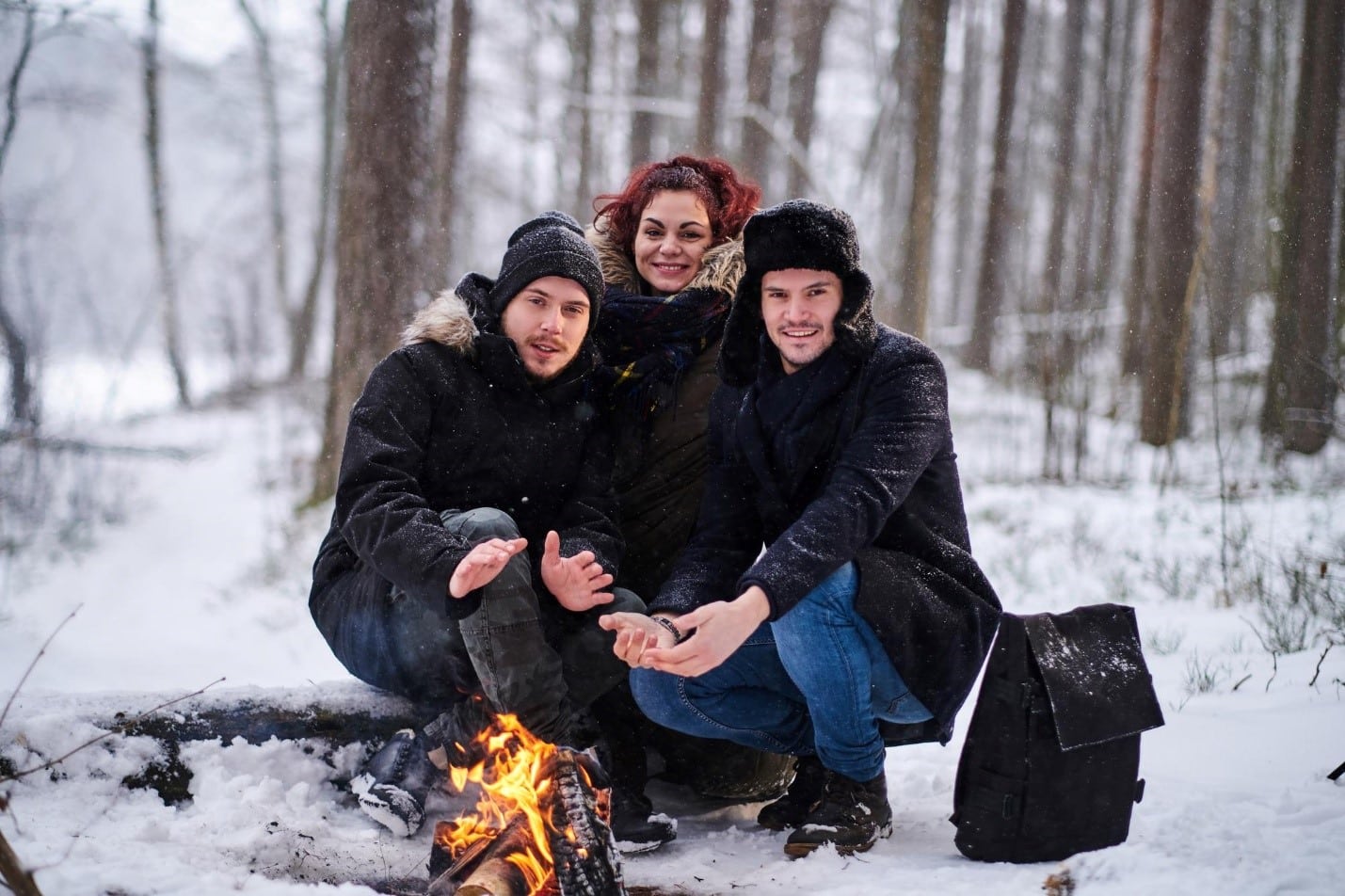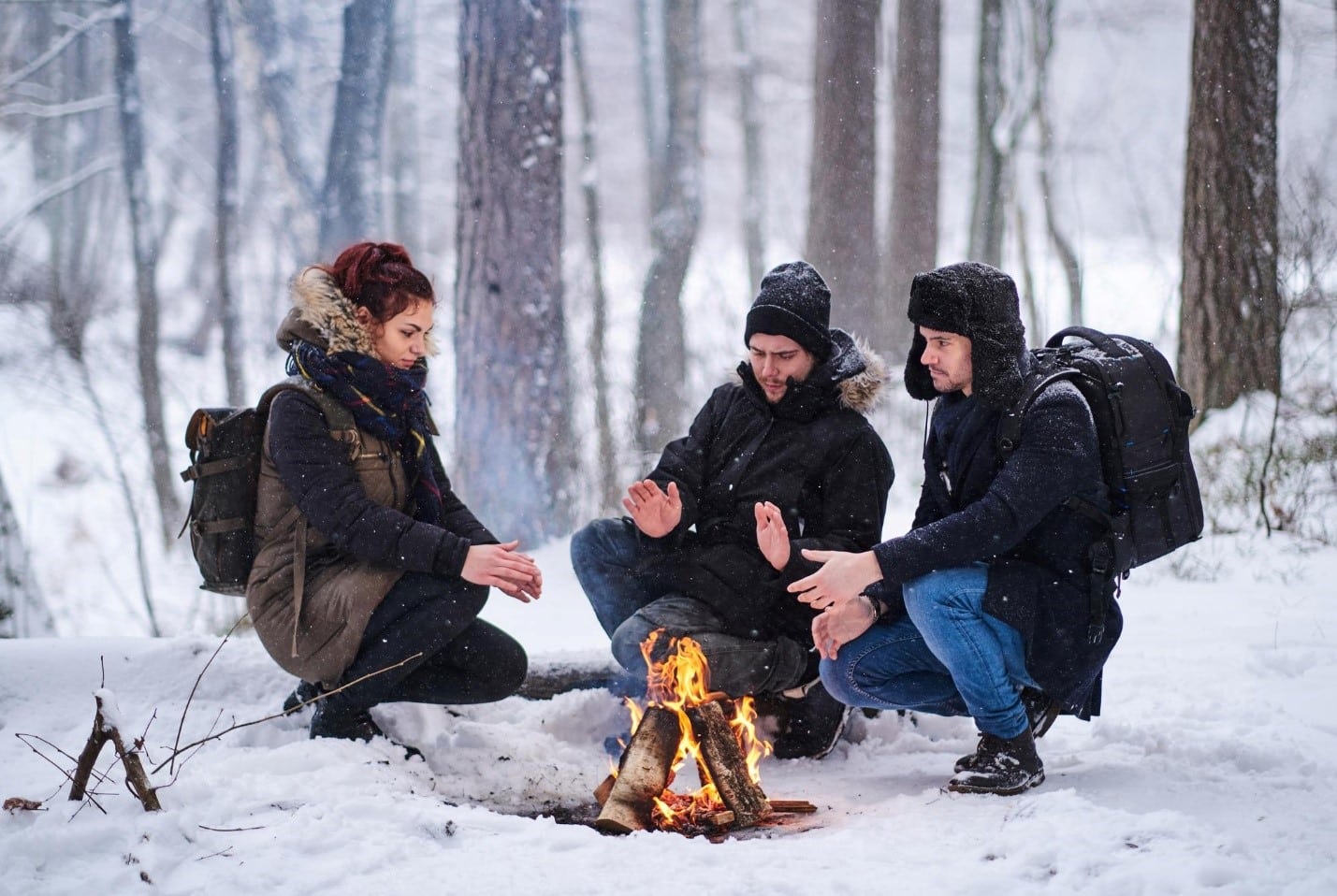
Canadians are no strangers to extreme cold weather and windchills. Temperatures that dip to -10 to -27c degrees can lead to moderate hypothermia, frostnip or frostbite, and lower temperatures can lead to severe, life-threatening hyperthermia. Prolonged exposures to very cold weather will cause the body to lose heat faster than it’s produced, lowering the body’s internal temperature. The body is meant to be around 37 degrees Celsius or 98.6 degrees Fahrenheit. Hypothermia can begin to develop when the body temperature reaches 35 degrees. It becomes severe and life-threatening when the body reaches 32 degrees and lower. The very young and elderly are more susceptible to extreme temperatures.
When temperatures get really cold and wind chills dip to extreme levels, how can Canadians protect themselves?
1) Plan ahead and dress for colder weather.
- Wear warm clothing
- Bring additional warm clothes when you expect to be out for extended periods of time or in case of emergency
- Wear layers of tightly woven fabrics like wool or synthetic that can be removed or added when you get too hot or too cold.
- Cover your head with a hat and scarf
- Cover any exposed skin, particularly fingers, toes, nose, ears and cheeks as these are prone to frostbite.
- Wear loose clothing and footwear as tight-fitting clothes and shoes may affect circulation
- Keep dry and change wet clothes to dry clothes right away if you are in the cold

2) Eat and drink warm foods and liquids to stay warm and hydrated.
- Avoid alcohol and caffeine as they cause the body’s core temperature to drop.
- Eat high calorie foods and drinks as they convert to energy and cause the body to heat up.
3) Seek shelter from the wind or go indoors if you are getting cold.
- Even sheltering behind a tree or other barrier can help to block the wind when it’s not possible to go indoors.
- Eat high calorie foods and drinks as they convert to energy and cause the body to heat up.
What are the signs and symptoms of a cold-related emergency?
Frostbite is a serious medical situation where body tissues freeze. This is particularly common in the fingers, toes, nose, ears and cheeks. Frostbite can be superficial or deep in the tissues below the skin.

Superficial frostbite signs and symptoms include:
- Hardened skin
- Pale skin
- Pain, stinging and numbness
Deep tissue frostbite signs and symptoms include:
- Waxy skin that is colder than the skin around it
- Hardened skin both on the surface and deeper below the skin that is solid to the touch
- Skin that is white, blue, black or mottled
- Complete loss of feeling

Hypothermia can happen to anyone who is exposed to cold weather for an extended period of time. The body’s temperature lowers to levels that can be moderate or severe and life-threatening. Signs and symptoms include:
- Shivering (moderate). Shivering is the body’s natural reaction and attempt to warm itself up.
- Numbness in extremities like fingers and toes
- Skin that is cold to the touch
- Disoriented, confused or unusual behaviour (severe)
- Shivering has stopped. The body is no longer capable of warming itself up (severe and life-threatening)
- Breathing has slowed or stopped (life-threatening)
- Decreased level of consciousness or unconscious (life-threatening)
What should people keep in mind if they have to be outdoors for an extended period of time in very cold weather?
As mentioned above, remember to dress warmly and in layers that can be removed or added as your body heats up or cools down. Wear loose fitting clothing and footwear. Cover your head, neck, cheeks and digits. Go indoors frequently to warm up and drink warm liquids. Reserve your energy and don’t attempt to over-exert yourself.
Canadians should be prepared for all weather situations by following weather reports and knowing the risks ahead of time. Be aware of the surroundings and where to seek shelter or help in the unfortunate event of an emergency. Pack accordingly and bring extra warm clothing, blankets, heat warmers for gloves and boots, and thermos of hot drinks and food. Make it a habit to monitor your local weather through television, radio or online before venturing outdoors.

What should you do if you suspect a cold-related emergency?
- Call 911 or Emergency Medical Services for severe hypothermia
- Get the person out of the cold and into a warmer area
- Remove any wet clothing and dry the body gently
- Use blankets, warm clothing, body heat or anything suitable to warm the body
- Cover the head and neck
- Warm the person slowly
- Do not rub areas that are frostbitten
- Only give warm liquids to drink or food to eat if the person is fully conscious
- Keep the affected areas warm to prevent re-freezing
Any additional tips?
Download the Red Cross first aid app to find helpful first aid tips including what to do for frostbite and hypothermia. Take a Red Cross first aid certification course with an approved training provider and learn what to do for all types of emergencies. Be prepared!






